Steve travels #31: Seven Lakes, five hundred converts.
Carole, bless her cotton socks, has been busy with logistical research and has found her preferred guesthouse, Jumaboi near Lake 4. In the morning, we find a taxi, her research helping us get the right price, and off we head into the mountains.
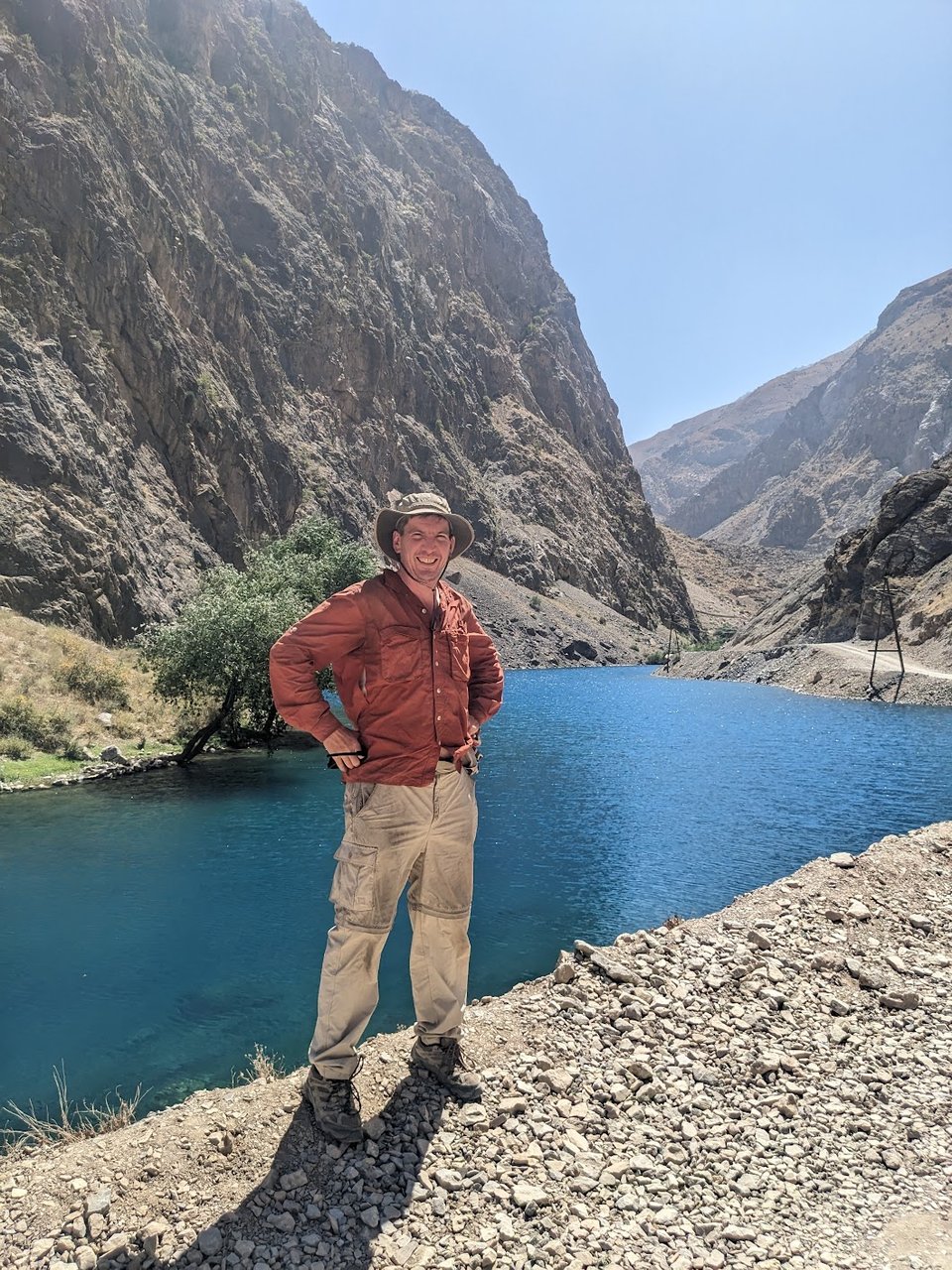
The “Seven Lakes” is not some arbitrary grouping of lakes in some land of gentle undulations. Instead, there is a steep-sided canyon whose river has, through a series of landslides, been blocked at various points to create lakes numbered in ascending order as you climb a very rough road. The first couple are mere ponds, but as you ascend, they get larger and the landscape more dramatic.
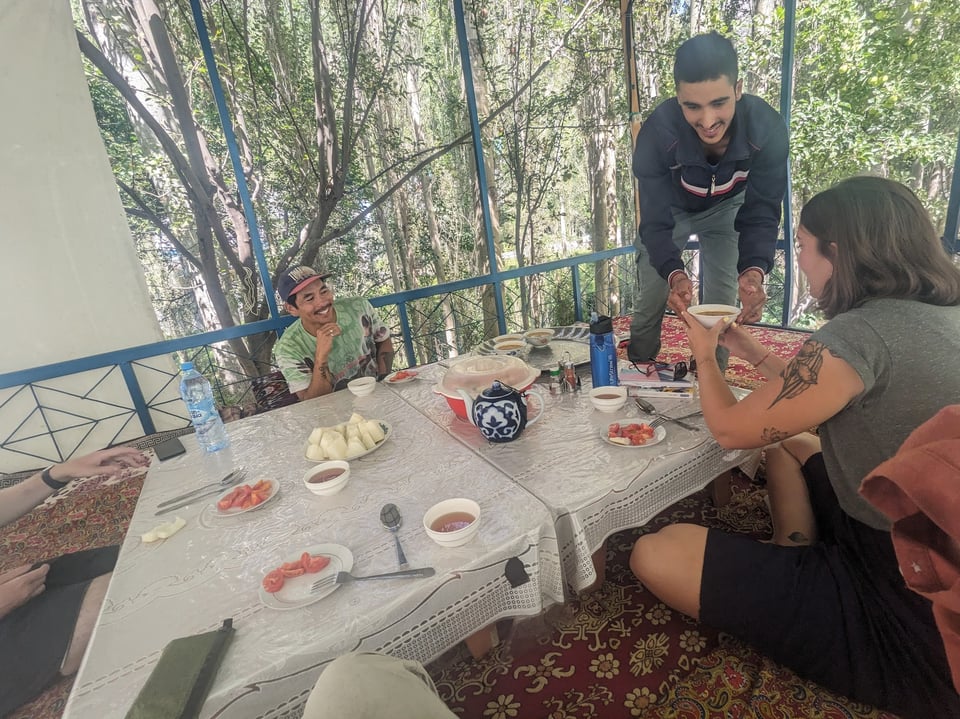
Jumaboi is a pleasantly rustic guesthouse with an extensive vegetable garden, and some nice views. We soon exhaust the local possibilities for entertainment with a 10 second dip in the very cold Lake 4. With no wi-fi or mobile reception, and a long evening looming ahead of us, Carole busts out a pack of cards and I teach the gang five-hundred. It takes a while to catch on and find the right partnerships, but by midnight we have four committed players.
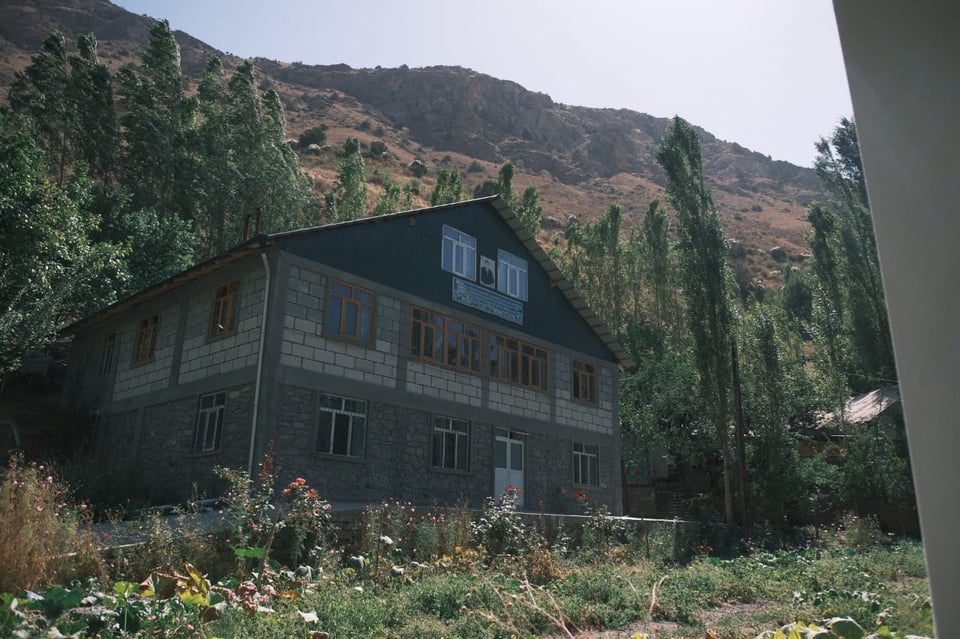
Breakfast is the most spartan of my trip: the choice is salty rice porridge or two boiled or fried eggs. Plus bread and home-made cherry jam, which is quite delicious if you remember to watch for the pits.
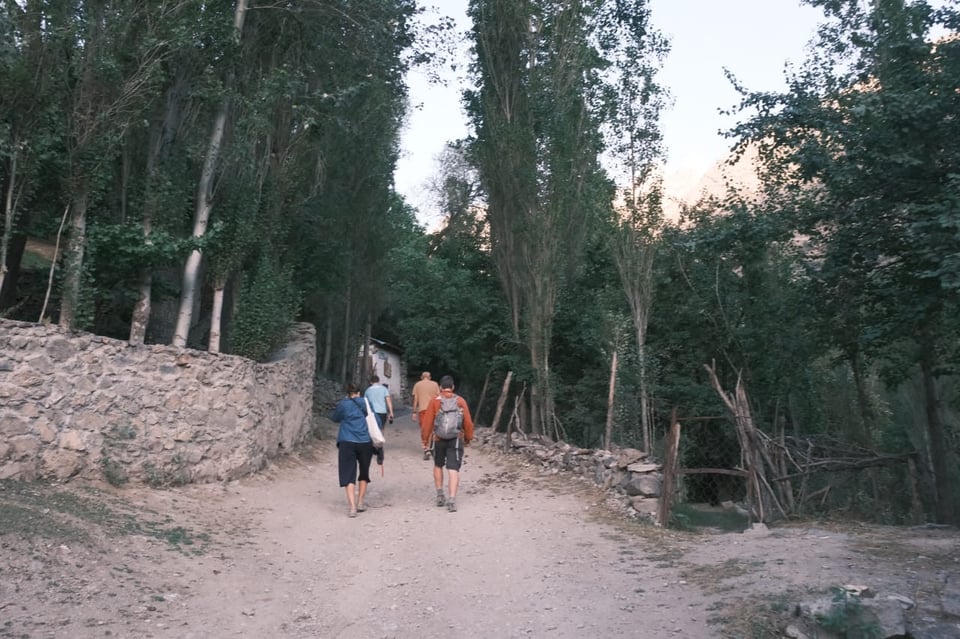
We’re off on a daywalk up to the seventh lake, about 12 kilometres up the dusty road. It’s a nice walk, and we get to quietly observe life in the villages we pass through. Most strikingly, there are absolutely no horses here, with diminutive donkeys taking their place. It’s disconcerting to see a mother and son, plus a couple of large bags on the back of one small donkey, or men riding donkeys down the street with their feet barely off the ground.

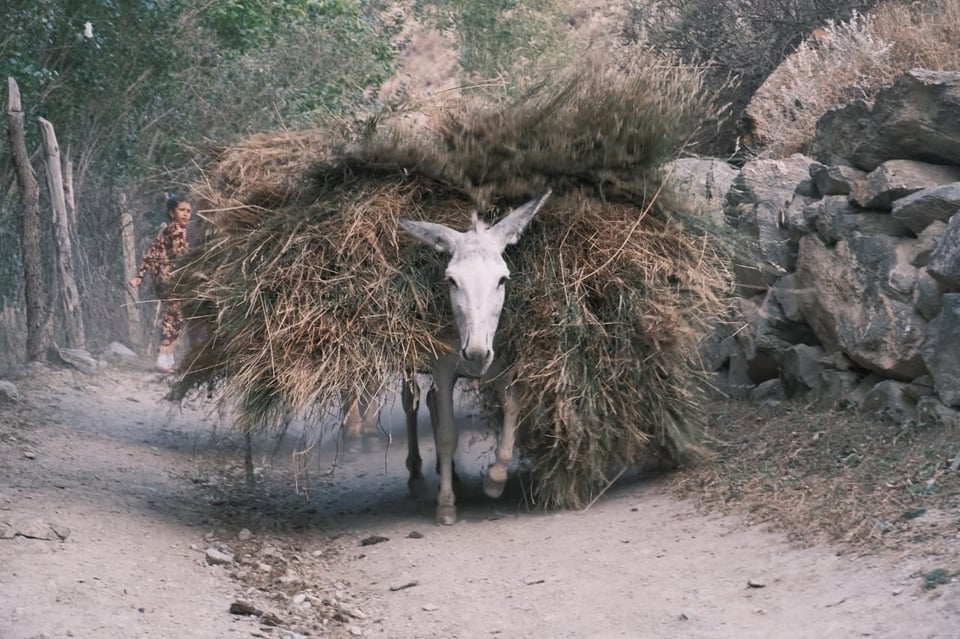
Perhaps related to the reputed conservative culture, the women all wear much more traditional clothing than anything I’ve seen elsewhere: almost always shades of red, maroon or scarlet, often heavily made up and with a lot of jewellery. Schoolkids wear very formal school uniforms, as if they were off to a wedding. The little girls often have huge white scrunchies in their hair.
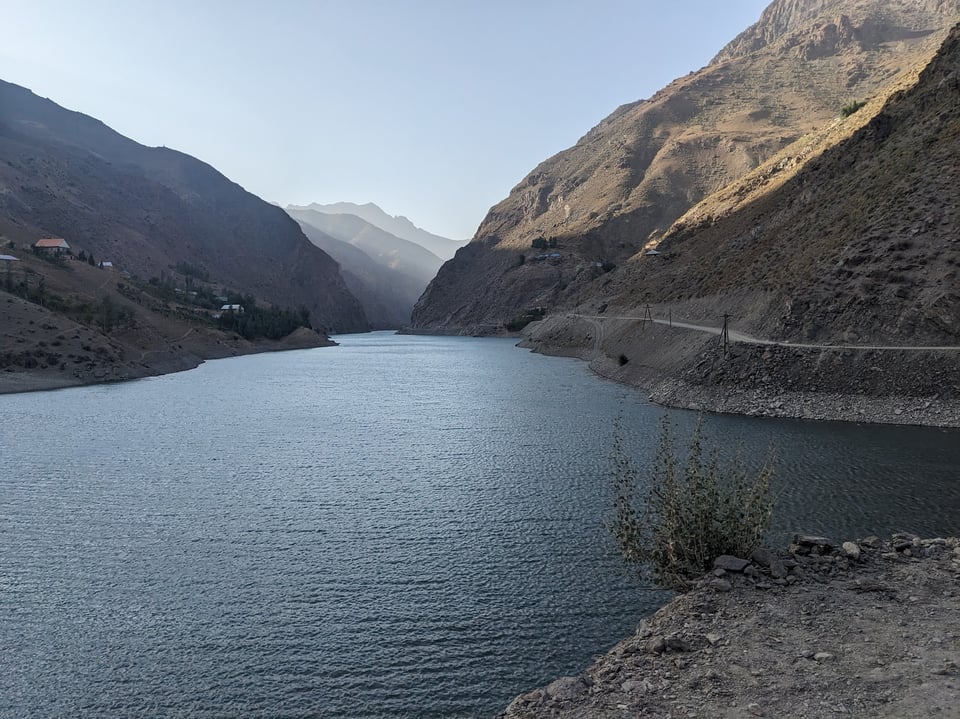
I have read that it’s considered inappropriate for male travellers to strike up conversation with women unaccompanied by men, but there’s no risk. The whole time I’m in Tajikistan, there’s not so much as a glance or a moment of eye contact. It’s a little unsettling to feel the presence of this enormous gender divide so starkly.

As we stroll, we share the usual travel stories and plans. Carole has been travelling for a gob-smacking 7 years now, but is just about to return home and settle down.
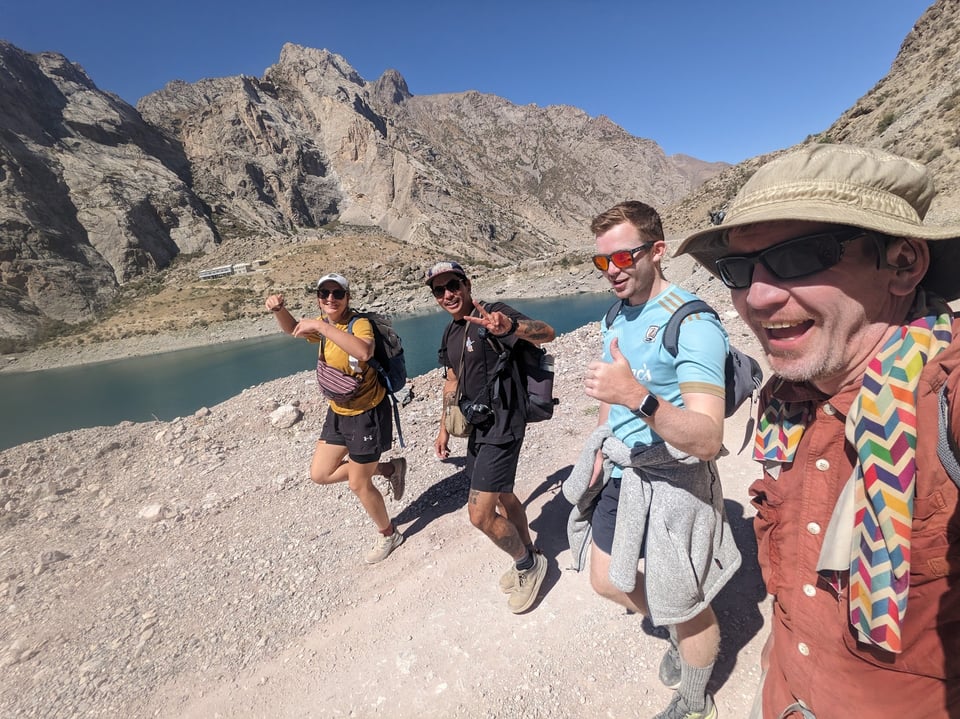
Joey is only a few weeks into what he expects will be two and a half years with working holidays in New Zealand, Canada and a few other places. And Jeremy, who is really lovely, with a gentle, cheeky humour, is in the middle of a medium sized stint, inspiring me with travels across far-flung places, most recently the Pamir Highway.
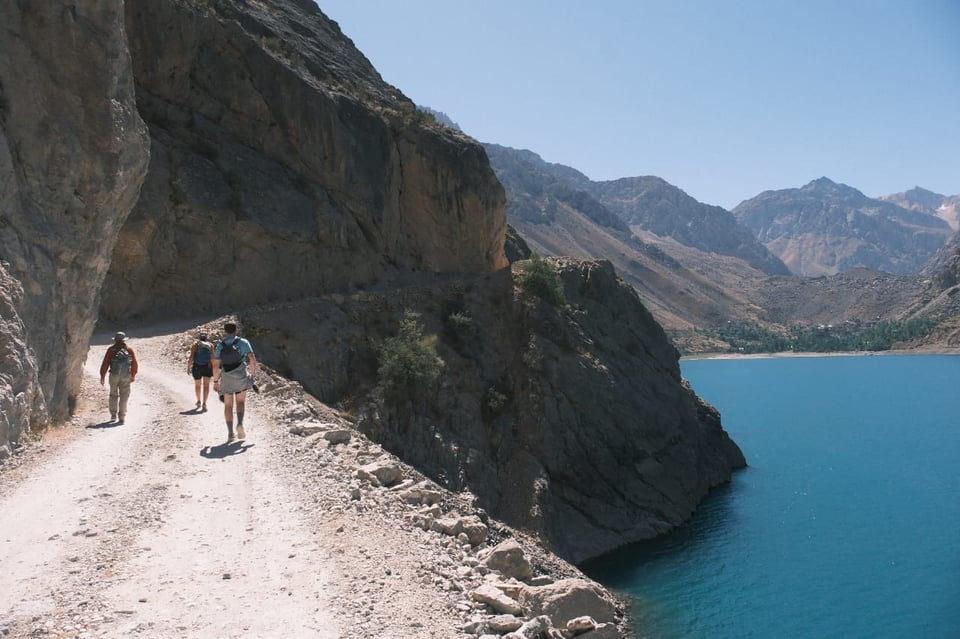
The seventh lake is really lovely, with a large grassy area where local tourists come for picnics and for the men to test their bravery in the freezing waters. I’ve had a bit too much sun and take refuge in the shade of a tiny building, where I meet an American woman doing a tour of central Asia with a driver and a Tajik woman who speaks excellent English. I cannot figure out their relationshp. Is she a guide? A friend? A partner? I can’t think of any appropriate way to ask the question “are you paid to be here or doing this by choice?” so leave it as a mystery.
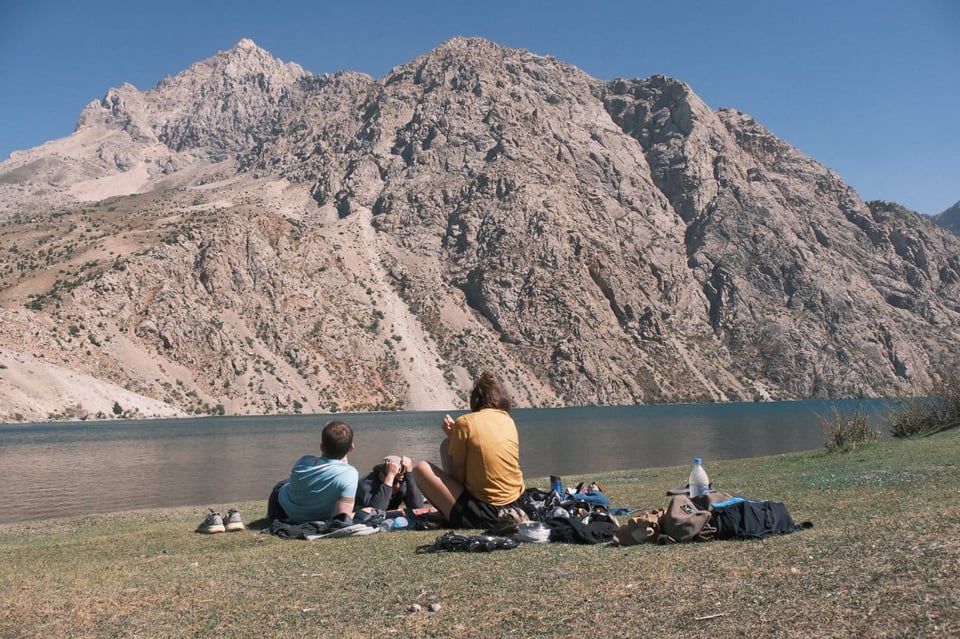
I rejoin the group for our own quick dip, which is predictably chilly. There’s a brief unpleasant moment as one of the local men seems to be trying to “accidentally” catch swimwear-clad Carole in the background of his selfies, a scheme we do our best to foil.
Another few hours of five-hundred in the afternoon sun where everyone attempts misere, but no one succeeds, and then we make the trek back down. Dinner, as with all our meals, is served out our private little outdoor dining room. These raised platforms have a low central table so you eat sitting on the “floor”, in a style pretty common across all these countries. And then more cards, and for a change some Yahtzee which for giggles we call Yandex.
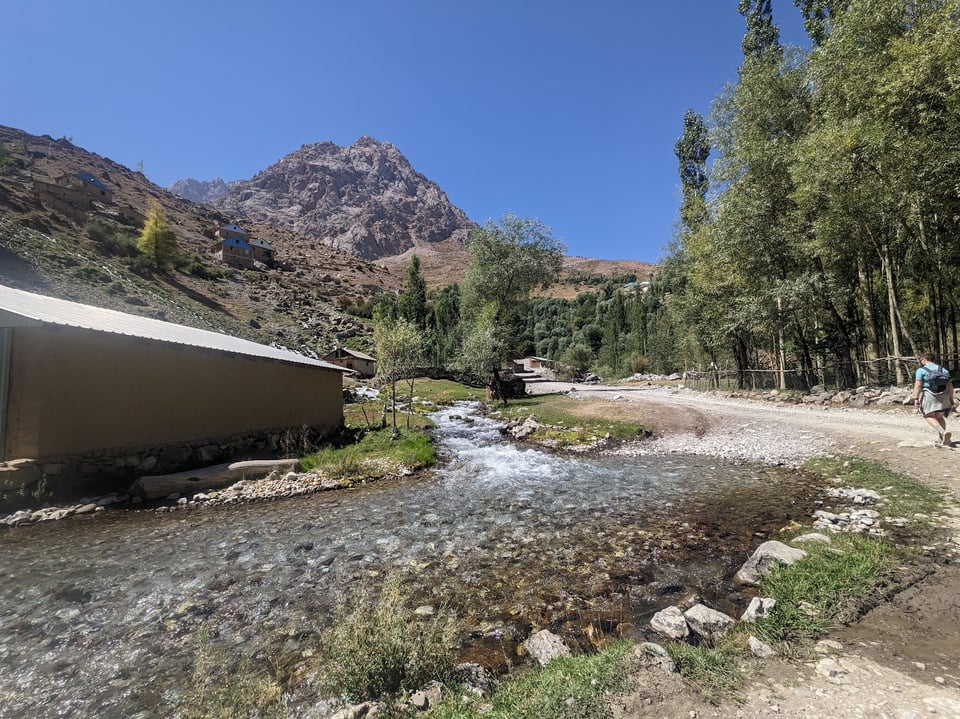
By the morning of day four of what I originally thought would be daytrip to Tajikistan, I’m ready to head back over the border. It’s been great hanging out with this gang, but I’m not especially excited by this dry landscape or the culture, and I’m ready to move on.
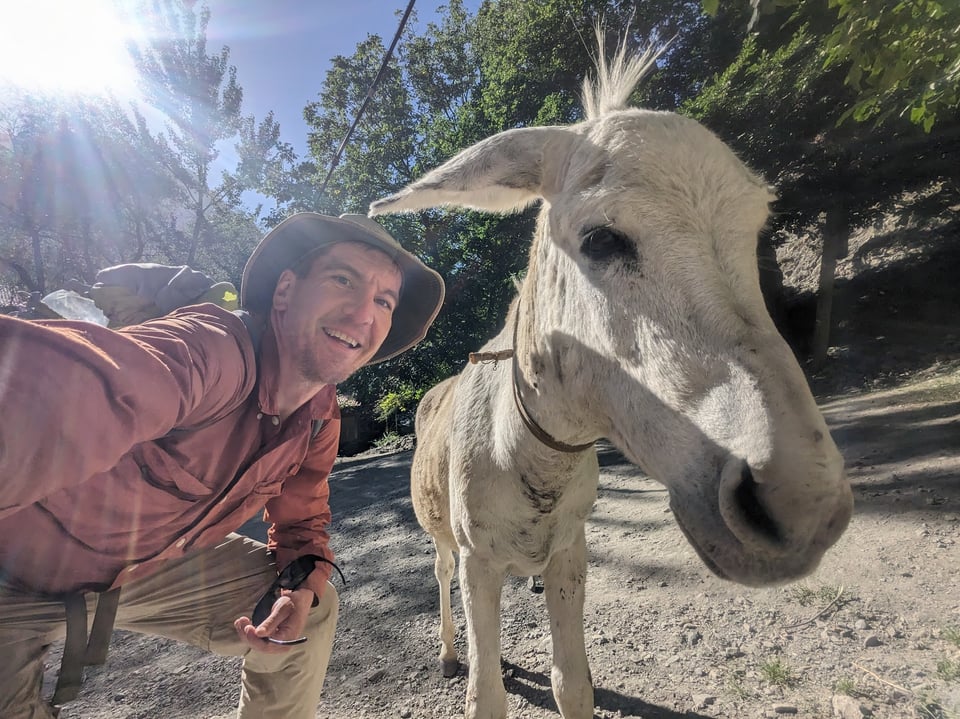
But where to? It’s just about time to head home, but this doesn’t feel like quite the right note to end on. Two options come to mind. First, since many flight options go through New Delhi, I could take the cheap and convenient option to see a bit more of India, and possibly catch up with a hostel buddy from my first days in Almaty.
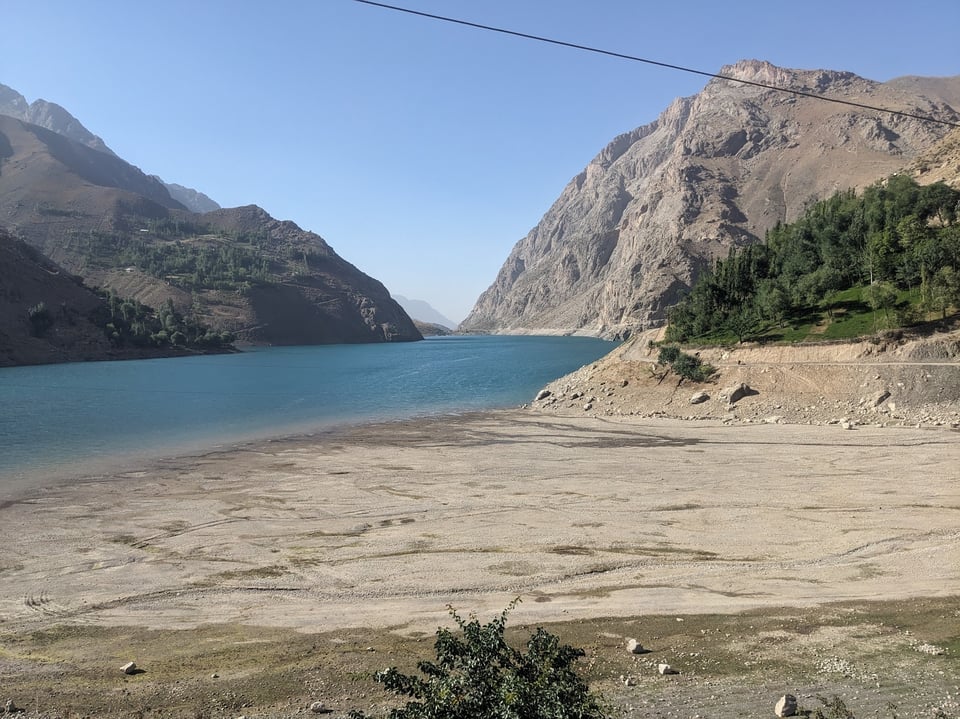
Or, there is still just enough time to make it to the World Nomad Games in Astana, Kazakhstan. But it’s over 30 hours of train travel to get there, and I’m not sure how I feel about witnessing the very harsh treatment of horses.
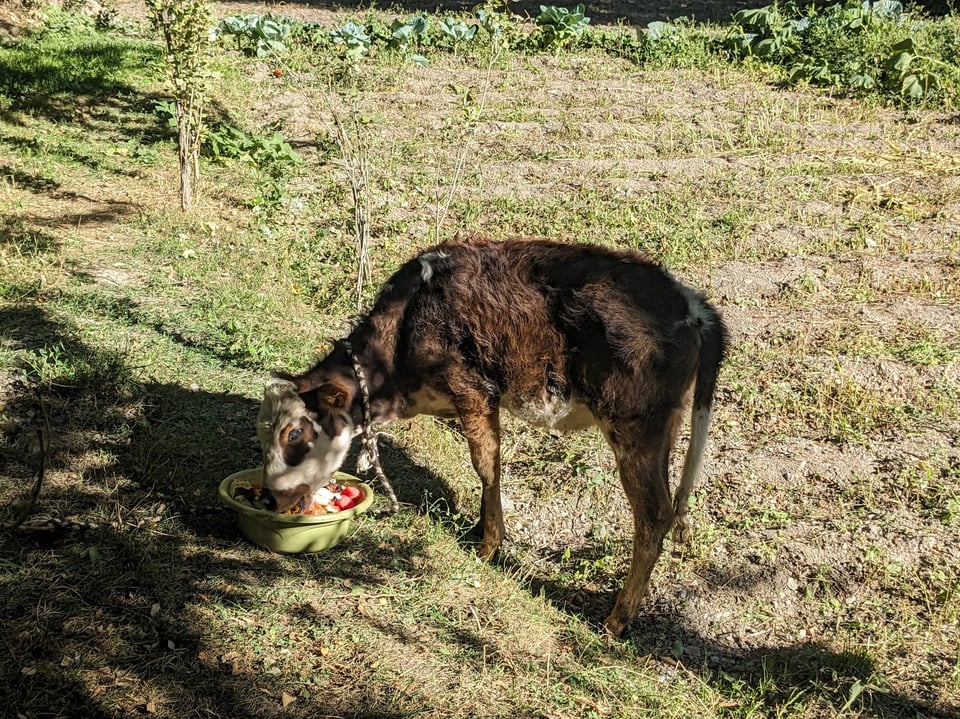
First things first, I have to get back to Tashkent, where I have left my backpack leaning against the wall of a hostel dining room for more than a week now.
Let’s see if I can make a decision on the way there.